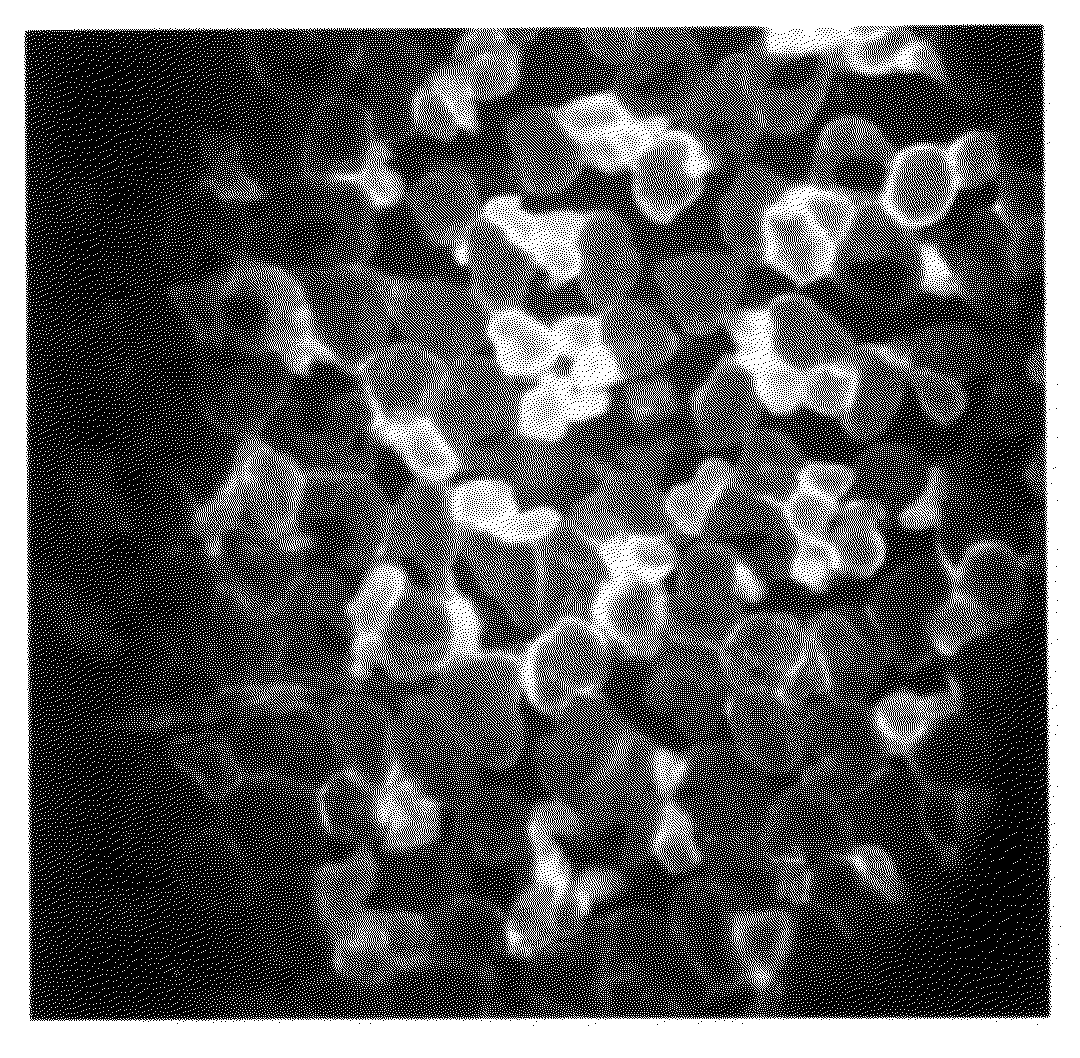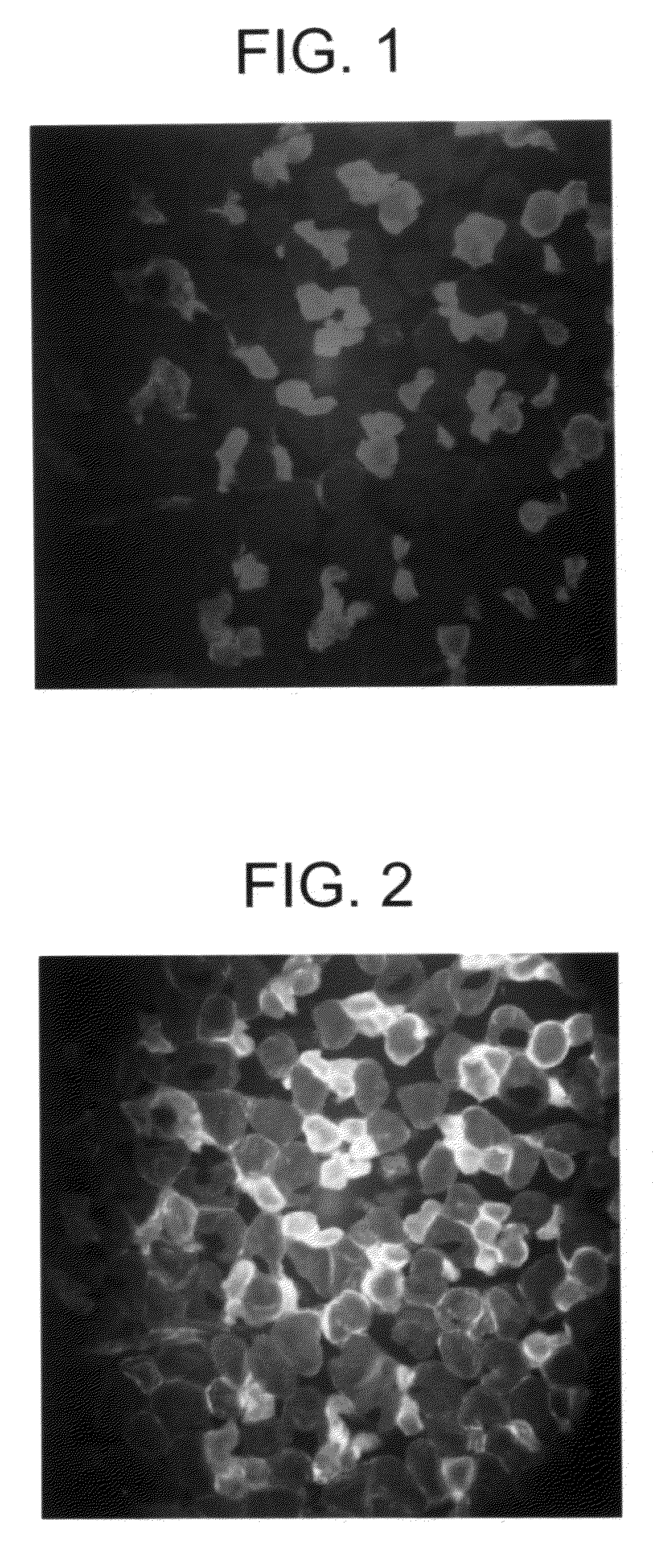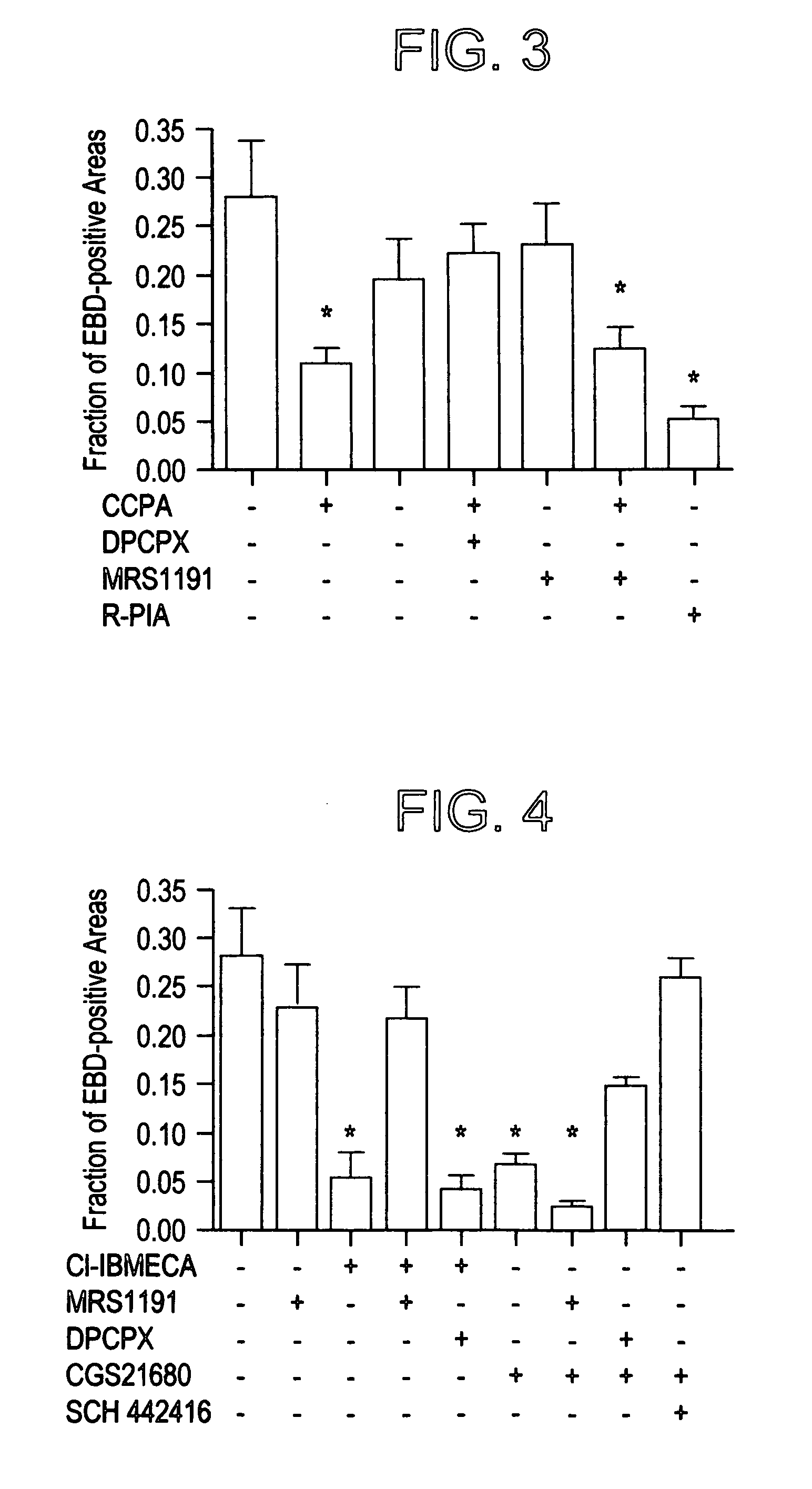Methods to Protect Skeletal Muscle Against Injury
a skeletal muscle and injury prevention technology, applied in the direction of biocide, muscular disorder, drug composition, etc., can solve the problems of skeletal muscle injury, skeletal muscle damage with deleterious systemic consequences, and significant injury of skeletal muscl
- Summary
- Abstract
- Description
- Claims
- Application Information
AI Technical Summary
Problems solved by technology
Method used
Image
Examples
example 1
Role of Adenosine A1 Receptors in Anti-ischemic Skeletal Muscle Protection
[0056]Ischemia followed by reperfusion resulted in significant limb skeletal muscle injury in PBS vehicle-treated mice. The extent of injury was quantified by an increase in the EBD staining of the skeletal myocytes (FIG. 1). The fraction of total skeletal muscle cross sections that stained positive for EBD was 28%±6% (n=7 mice, SE, FIG. 1). Administration of the relatively nonselective adenosine receptor agonist R-PIA prior to ischemia and reperfusion caused a significant reduction in the extent of injury (FIG. 2). To elucidate the cytoprotective role of different adenosine receptor subtypes, it was found that a highly A1 receptor-selective agonist, CCPA, induced a large decrease in the extent of muscle injury (FIG. 3; EBD-positive area in CCPA-treated mice: 10.8%±2%, n=12 mice, vs. PBS vehicle-treated mice: 28%±6%, n=7 mice, P1 receptor-selective antagonist DPCPX completely abrogated the cytoprotective respo...
example 2
A Novel Anti-Ischemic Protective Role of Adenosine A3 Receptors in Skeletal Muscle
[0057]The A3 receptor agonist Cl-IBMECA induced a significant reduction in EBD-positive cells (FIG. 4; Cl-IBMECA treatment: 5.4%±2.6%, n=8 mice, P0.05 vs. Cl-IBMECA treatment). Neither MRS1191 (23%±4.4%, n=15 mice) nor DPCPX (19.3%±4.4%, n=8 mice) alone had any effect on the extent of ischemia / reperfusion-induced skeletal muscle injury.
[0058]Mice pretreated with the adenosine A2A receptor-selective agonist CGS21680 showed reduced muscle injury compared with PBS vehicle-treated animals (6.6%±3.5%, n=9 mice, P0.05 vs. DPCPX alone). The A3 antagonist MRS1191 could not inhibit the CGS21680-induced skeletal muscle protection (MRS1191 and CGS21680 treatment: 2.4%±1.25%, n=8 mice, P2A receptor-selective antagonist SCH 442416 completely abrogated the CGS21680-induced protection (FIG. 4). Animals treated with SCH 442416 and CGS21680 showed significantly larger EBD-positive areas (26%±4%, n=5 mice, SE) than mice...
example 3
Specificity of Protection Induced by Each Adenosine Receptor Subtype
[0060]The specificity by which each adenosine receptor agonist mediates its protective response was further illustrated by testing the effect of the agonist in PLC β2 / β3-null mice. Cl-IBMECA-induced protection was completely abrogated in PLC β2 / β3-null mice (Cl-IBMECA treatment: 22%±3.6%, n=8 mice, P>0.05 vs. PBS treatment: 23.4%±4%, n=9 mice; FIGS. 6-8), whereas protection induced by CCPA was unaffected (CCPA treatment: 8.5%±2.5%, n=10 mice P0.05; FIG. 3 and FIG. 8, respectively).
[0061]The A2A agonist CGS21680 was also able to cause cytoprotection in PLC β2 / β3-null mice (CGS21680 treatment: 4%±1.1%, n=6 PLC β2 / β3-null mice, P2A receptor is coupled to stimulation of adenylyl cyclase activity and cyclic AMP accumulation, it was not unexpected that the absence of PLC β2 / β3 had no effect on the A2A receptor's cytoprotective effect. The cytoprotective action of adenosine A2A receptors in skeletal muscle is independent o...
PUM
| Property | Measurement | Unit |
|---|---|---|
| structure | aaaaa | aaaaa |
| size | aaaaa | aaaaa |
| molecular weights | aaaaa | aaaaa |
Abstract
Description
Claims
Application Information
 Login to View More
Login to View More - R&D
- Intellectual Property
- Life Sciences
- Materials
- Tech Scout
- Unparalleled Data Quality
- Higher Quality Content
- 60% Fewer Hallucinations
Browse by: Latest US Patents, China's latest patents, Technical Efficacy Thesaurus, Application Domain, Technology Topic, Popular Technical Reports.
© 2025 PatSnap. All rights reserved.Legal|Privacy policy|Modern Slavery Act Transparency Statement|Sitemap|About US| Contact US: help@patsnap.com



